Life
Sign up for our newsletter
We summarize the week's scientific breakthroughs every Thursday.
-
 Health & Medicine
Health & MedicineA more accurate prenatal test to predict Down syndrome
A test to detect genetic problems such as Down syndrome examines a baby’s DNA in the mother’s blood and may limit the need for more invasive screening.
-
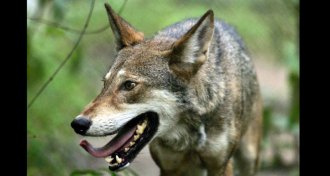 Animals
AnimalsHow human activities may be creating coywolves
Endangered red wolves will mate with coyotes when their partners are killed, which often happens because of human activities, a new study finds.
-
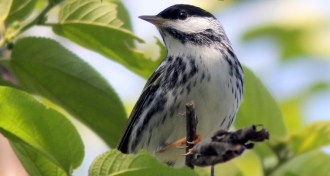 Animals
AnimalsSongbird crosses the Atlantic in a nonstop flight
Using light-sensing geolocators, researchers confirm an iconic songbird’s impressive transoceanic migration.
-
 Microbes
MicrobesSome superbugs lurk in Britain’s surf
In Great Britain’s coastal waters, surfers and swimmers are exposed to low levels of drug-resistant E. coli, a new study finds.
-
 Humans
HumansEgg-meet-sperm moments are equal opportunities for girls and boys
Despite previous claims, equal numbers of male and female embryos are conceived, new data suggest.
-
 Environment
EnvironmentFracking chemicals can alter mouse development
Hormone-disrupting chemicals used in fracking fluid cause developmental changes in mice, new experiments show.
By Beth Mole -
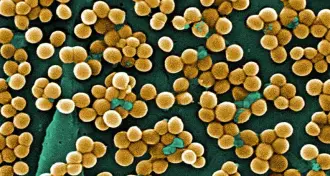 Science & Society
Science & SocietyWhite House unveils strategy against antibiotic resistance
The Obama Administration has launched a long-term plan to curb antibiotic resistance, unveiling incentives and requirements designed to boost surveillance and diagnosis of resistant microbes.
By Nathan Seppa -
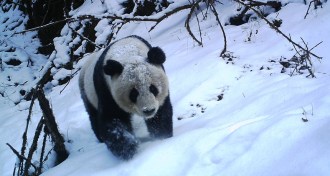 Animals
AnimalsPanda stalking reveals panda hangouts
Scientists used GPS trackers to learn about the giant panda lifestyle.
-
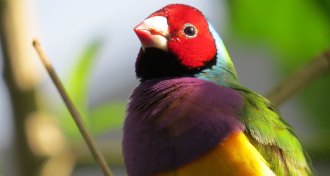 Life
LifeBright bird plumage resulted from natural, sexual selection
Darwin hypothesized that bird color differences resulted from sexual selection. Wallace disagreed. A study shows that both were right after all.
-
 Neuroscience
NeuroscienceOur taste in music may age out of harmony
Age-related hearing loss may be more than just the highest notes. The brain may also lose the ability to tell consonance from dissonance, a new study shows.
-
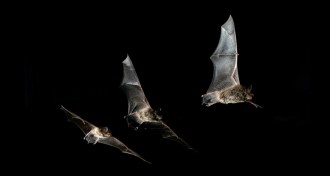 Animals
AnimalsFor bats, simple traffic patterns limit collisions
Humans aren’t the only ones who follow traffic rules. Bats do it too, researchers report.
-
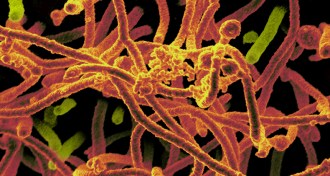 Genetics
GeneticsEbola virus not mutating as quickly as thought
The virus causing the current Ebola epidemic in West Africa is not evolving as quickly as some scientists had suggested.